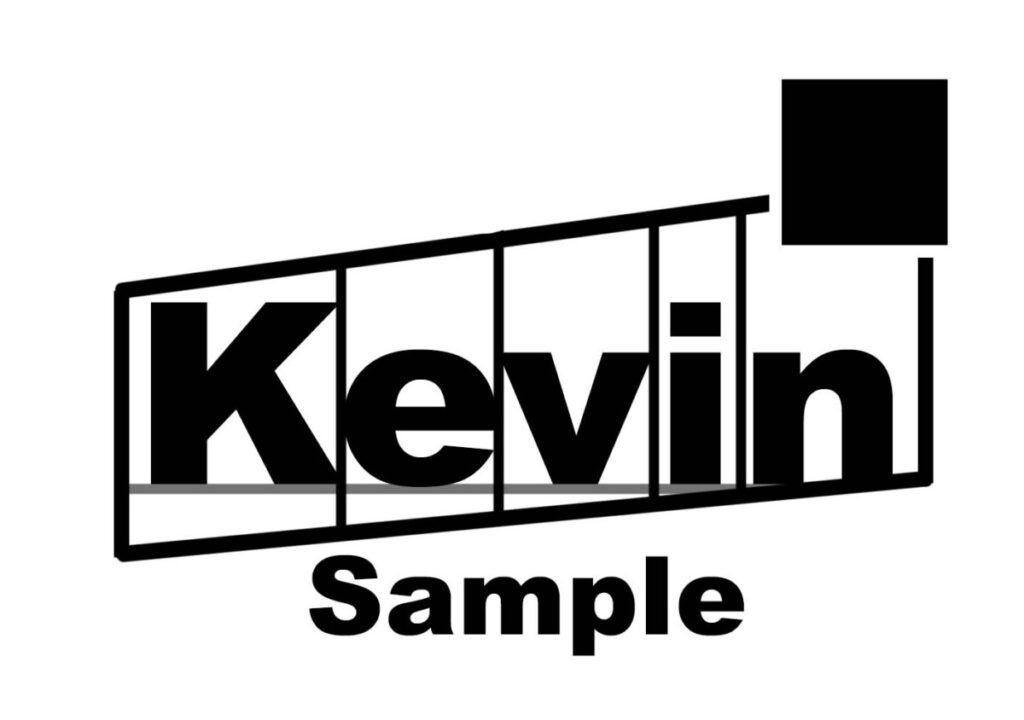The early days of design were filled with manifestos, people making bold proclamations about the future of society and about what design needed to be to meet the demands of the coming times. Designers are one part problem solver one part artist, and some believe in order to be effective on a consistent basis they must wrangle the multitude of solutions for a given problem. The ideologies of the authors from this week’s readings made huge contributions in shaping the field of graphic design for designers today. One of design theory’s pioneers is Jan Tschichold.
Tschichold, inspired by New Typography believed that it was the key to communication, and that alignment was its companion “Every part of a text relates to every other part by definite, logical relationship of emphasis and value, predetermined by content. It is up to the typographer to express this relationship clearly and visibly through type sizes, weight, arrangement of lines, use of color, photography etc. The typographer must take the greatest care to study how his work is read and ought to be read.” According to Tschichold mere aesthetic preference should take a back seat to design decisions that represent the content’s core message accurately, and clearly conveys ideas in accordance with how people native to that region read. Typography should not distract with Ornament or nonsensical alignment. Everything must serve the reader, and the content. Another designer who felt the same way was Josef Muller-Brockman.
Muller-Brockman, inventor of the grid, much like Tschichold and the Constructivists believed that their work served a purpose greater than mere aesthetic delight. These men sought to tackle the various problems the field offered in a clear effective manner “ This is the expression of a professional ethos: the designer’s work should have the clearly intelligible, objective, functional, and aesthetic quality of mathematical thinking.” Typically when a designer merely follows their instincts without thinking the process through they run the risk of being ineffective in their execution. Design thinking reduces the amount subjectivity one may encounter and get hung up on while designing. One tool to wrangle typography and images in this highly subjective landscape was the grid. As Muller-Brockman says the grid represents more than a tool to wrangle type “The use of the grid as an ordering system is the expression of a certain mental attitude inasmuch as it shows that the designer conceives his work in terms that are constructive and oriented to the future.” Muller-Brockman believed the grid legitimizes a designer’s decisions. I’m sure Muller-Brockman believed that by having a clearly thought out process his customers wouldn’t feel they were at the mercy of a self serving lunatic. Most interesting to me however was Karl Gerstner a wannabe chemist turned graphic designer who devised a system to solve all potential graphic design problems.
Gerstner with the belief that design posed an infinite number of questions to which there were an infinite number of answers, wanted to create a way to find the proper answer for the question being asked at the moment “The creative process is to be reduced to an act of selection. Designing means: to pick out determining elements and combine them. Seen in those terms design calls for method.” Designing his “Morphological box of the typogram” Gerstner was able to pick specific elements of a design and combine them creating new works. The Morphological Box of Typogram reminds me of the current typography settings in indesign. The filter capabilities on inDesign allow you to choose from sans serif, serif decorative, and display typefaces, wide letters, tall letters, thick letters, thin letters, square letters and list goes on and on. While a bit extreme I understand what Gerstner is saying. How does one fit into a machine and remain productive if they has no systems to maintain their productivity. It is impossible to be creative everyday, but with tool such as the Morphological box of typogram the guessing is taken out of the process.
The authors of these writings are seeking to utilize scientific methods in pursuit of streamlining and legitimizing their work in the eyes of would be patrons, onlookers, and future designers. According to these men an eye to the future, striving for clarity of message and content, legibility, and logical order are paramount. A designer must be able to create, and innovate in a timely manner using more than just their instincts. To do that he needs process they can rely on.




Recent Comments